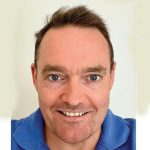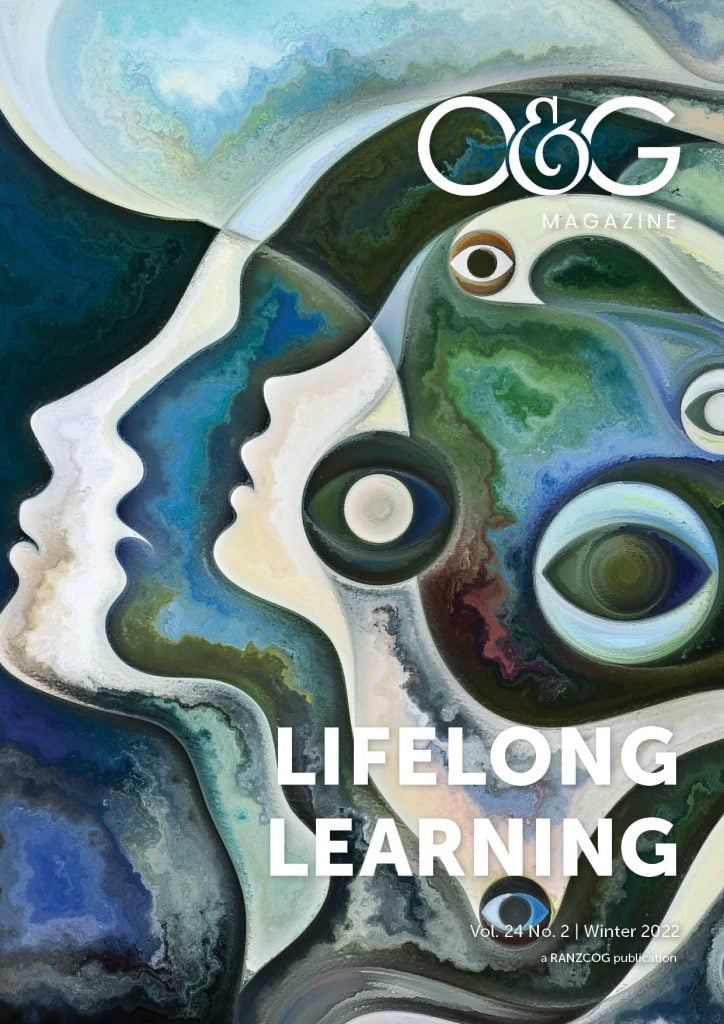I work as a rural generalist in the beautiful Kimberley region of Western Australia. I am a GP by training and have postgraduate qualifications in paediatrics, anaesthesia, and diagnostic ultrasound. Occasionally, I trifle in obstetrics when the need arises! Most of my time is spent in the emergency department and the operating theatres treating ‘whomever rolls in the door’. In our practice, we can never say no.
Rural generalists are the platypi of the medical world – strange creatures that seem to be composed from spare parts of all the other specialties. The old saying states that we are ‘Jacks of all trades, master of none.’ However, here I dissent from the traditional wisdom.
Our patients deserve the same quality care that they might receive in any metropolitan hospital. We need to be masters of our broad trade. Invariably rural hospitals are not as well-resourced as our city cousins. Frequently we do not have the same equipment or medications, often not able to provide specific services. These are the realities of rural practice; however, I believe that it should never be the knowledge of a rural doctor that results in lesser quality care.
This is why lifelong learning is critical for anybody working outside of the larger academic centres. So how does one stay ‘up to date’ in a dozen disciplines once you are out there in the real world of practice? There is a staggering volume of education and medical evidence being piped into our phones, emails and lunchroom cork boards every day. This has been described as ‘drinking from a firehose’. How can adult learners identify the educational gold and avoid the time sinks in this torrent of information?
For many years I found it easy to settle for ‘good enough’ practice. I stuck with what I knew, what I had been taught and what seemed safe. The trouble with this attitude is that one inevitably lands upon the floor of adequacy and never reaches the ceiling of excellence. For me the key to aiming at that ceiling where our patients get the care that they deserve is curiosity.
Recent neuroscientific research1 has shown that curiosity is an intrinsic drive within the human brain. Our brains are hard-wired to seek new information. Our mesolimbic system delivers a similar dopaminergic reward when we satisfy our curiosity that we might receive when we eat our favourite treat, match on Tinder or win on a big bet.
Curiosity is at the core of learning. Gruber et al2 showed that learners in a state of increased curiosity are more likely to retain information. In fact, the absence of curiosity probably impairs the learning of new ideas. There is a close relationship between the curiosity-reward system and the hippocampal memory structures within the human brain. In order to optimise learning opportunities in day-to-day practice, I try to maintain a constant posture of curiosity.
However, there is a catch. Whilst curiosity is unarguably a desirable attribute for any lifelong learner, our attention can only be directed at one idea at any point in time. Our time is finite, our sensory filters are not particularly discriminating. So how can we ensure that the new ideas we put into our curious brains are going to be useful in our practice? We need filters.
The answer to that dilemma for me was social media. This may seem paradoxical. Twitter is the world’s most aggressive, often hate-fuelled media stream; but only if you do not curate it carefully.
Around 2010, a group of mainly emergency medicine doctors started a social media movement known as #FOAMed (free, open-access medical education). Within a few years this concept had blossomed from a handful of ED docs sharing ideas across the globe into a community of the world’s leading specialists, educators and knowledge translators in many different specialties. There is even a subcategory hashtag known as #FOAMOG for those interested in staying up to date, and part of the conversation, in O&G. Social media has become a necessary tool for the dissemination of medical education and evidence.
The FOAMed movement has diversified from a handful of blogs into a serious academic platform featuring podcasts, conferences, online courses and even some fellowships. No longer confined to Twitter, there are many platforms out there that carry this content. Best of all, it remains entirely free and democratic. The FOAMed movement has delivered high-quality medical education to the developing world, spread to non-English-speaking lands and areas such as rural and remote Australia where it was previously difficult to access the cutting edge of our science and practice.
So how can one use social media to resolve the dilemma of information overload and our need to stay afloat and up to date?
Start by following a few high-quality medical educational FOAMed projects within your area of interest. For example, in O&G you can follow sites such as The OBG Project (obgproject.com), Obs & Gynae Critical Care (obsgynaecritcare.org) , Bits ‘n Bumps (bitsandbumps.org). All of the major journals also provide feeds through their websites – look for the RSS feed button on their home pages. There is a list of suggested sites below.
In order to save yourself time, you can create an RSS (really simple syndication) feed and have any new material from these projects or specific journals delivered directly to your inbox. Examples of free RSS feed aggregators include: Feedly, Inoreader or Newblur. These are basically portals through which you can subscribe to content from trusted sources and save yourself the time of scouring the hot mess of the internet for useful content. You can even subscribe to already created content feeds though services such as Reddit.
Next you can use social media to follow trusted individuals or organisations. Start with a few and spend some time scrolling through their news feeds. You will identify other individuals who share useful information and links. Enlist your colleagues through your local WhatsApp network to join and share content, thoughts and questions. The hallway chat has gone electronic! This is how the hivemind of the FOAMed community functions – we act as aggregators and filters for one another. This socialised learning can actually be fun; the good stuff gets shared, the nonsense is lost. You can ask questions and get curated resources within the space of a few tweets.
This is a brave new world. The advent of social media has changed the way we communicate and learn. I believe that the internet is a tool; one that if used wisely can allow us to maintain our curiosity, our knowledge and provide our patients in the bush with the best medical care possible.
Recommended Online Educational Sources
- Perspectives Podcast from the Green Journal of Obstetrics and Gynaecology
- PROMPT Maternity Foundation YouTube series
- The Ob / Gyn Podcast
- Conversations in Obstetrics and Gynaecology
References
- Gottlieb J, Lopes M, Oudeyer P-Y. Motivated Cognition: Neural and Computational Mechanisms of Curiosity, Attention and Intrinsic Motivation. Recent Developments in Neuroscience Research on Human Motivation. Available from: https://hal.inria.fr/hal-01404468/document.
- Gruber M, Raganath C. How Curiosity Enhances Hippocampus-Dependent Memory: The Prediction, Appraisal, Curiosity, and Exploration (PACE) Framework. Trends in Cognitive Sciences. 2019;23(12):1014-25.






Leave a Reply